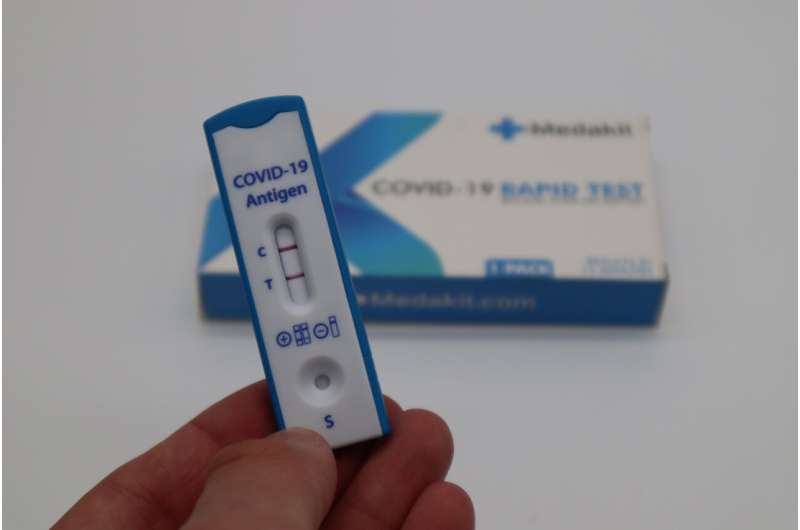New COVID Variant NB.1.8.1 Escalates Infections: What You Need to Know

A new COVID-19 variant, NB.1.8.1, is spreading globally and may affect infection rates. Learn about its origins, characteristics, symptoms, and what you can do to stay protected.
As colder months approach in Australia, COVID-19 continues to pose public health challenges, notably with the emergence of a new variant: NB.1.8.1. This variant has attracted attention due to its increasing prevalence and potential impact on the pandemic trajectory.
Recently, the World Health Organization (WHO) classified NB.1.8.1 as a "variant under monitoring." This designation reflects its growing presence globally and certain characteristics that may distinguish it from previous strains. The variant's rise is notable in regions such as Asia, especially in Hong Kong and China, where it has become dominant. In Australia, genomic sequencing has confirmed NB.1.8.1 among circulating strains, with its proportion increasing across states like Victoria and South Australia. Wastewater surveillance further indicates this variant as the dominant strain in Perth's sewage samples.
International data shows a steady uptick in NB.1.8.1 sequences, especially since late April 2025, when it accounted for approximately 10.7% of all cases sampled. This trend has prompted increased attention from global health authorities.
Originating from the Omicron lineage, NB.1.8.1 is a recombinant, a genetic mixing of different variants. It was first detected in January 2025. The variant's specific mutations, especially those in the spike protein responsible for infecting human cells, include T22N, F59S, G184S, A435S, V445H, and T478I. Laboratory studies suggest NB.1.8.1 has a stronger binding affinity to human ACE2 receptors, meaning it could infect cells more efficiently than earlier strains. Additionally, preliminary data indicates that antibodies from prior infections or vaccinations may be 1.5 times less effective at neutralizing NB.1.8.1, possibly leading to higher transmission rates.
Regarding symptoms, NB.1.8.1 appears to cause illness similar to other Omicron variants, with common signs including sore throat, fatigue, fever, mild cough, muscle aches, and nasal congestion. No evidence currently suggests it causes more severe disease.
In terms of immunity, current vaccines remain protective against severe illness caused by NB.1.8.1, despite some reduction in neutralizing antibody levels. Health experts recommend continued vaccination and booster shots as key strategies to mitigate the impact of this variant, especially during the anticipated winter surge.
Public health authorities emphasize vigilant monitoring, ongoing genomic sequencing, and vaccination efforts to control the spread of NB.1.8.1 and protect vulnerable populations. Staying informed and practicing recommended health measures remain essential in navigating this evolving situation.
Stay Updated with Mia's Feed
Get the latest health & wellness insights delivered straight to your inbox.
Related Articles
Breakthrough AI Model Attains High Precision in Liver Tumor Segmentation
A novel AI model developed by researchers in Tokyo achieves high-accuracy liver tumor segmentation from CT scans using minimal data, surpassing traditional models and enabling broader clinical application.
Effective Strategies to Reduce Pediatric Vehicular Heatstroke Risks
Recent research underscores the importance of combining multiple safety technologies and measures to effectively prevent pediatric vehicular heatstroke and protect children from this preventable danger.



